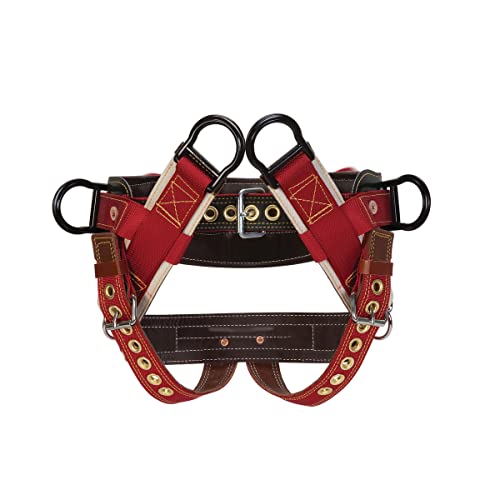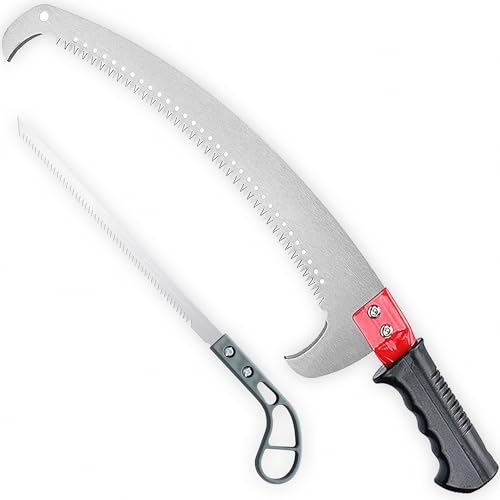OK,
Ive got the Instructors manual right here. Now, this is the new S-212 that was released February 2004, so it depends if the instructor is using the new or the old one, but the course is supposed to take 24-36 hours to complete. Now most instructors I know shorten it down a bit by skipping breaks and getting down to the field practicum asap. The days of the one day in the class and one in the woods is gone though. The best training is practice but with the new version of S-212, the power point presentation takes a while to get through. I've been keeping mine down to two days of class room and as many days in the field as it takes to initiate training and get through all the initial certs. Its probably pushing the limits of what we're supposed to for the course, but any more class room time puts young studs and studettes to sleep. In my experience every young guy who shows up new has OF COURSE run a chainsaw. So taking them out to the field shows just how much time they have spent running a saw pretty quick.
As far as the pulling on a sawyer or throwing a stick, I too would wipe that swamper all over the stump. I prefer the swamper be opposite side of the tree from me so we can eye contact or hand signal. If you are cutting correctly you should always be looking up while cutting. You'll see more movement in the top of the tree when it starts to commit than down at the kerf. Its hard to train yourself to cut this way. I've heard people say that watching the kerf or watching for the wedge to drop or stand is the only way to cut but, where does the danger come from??? ABOVE. You need to check your cut periodically for levelness, evenness, and amount of holding wood, but the saw should not be actively cutting if there is any danger of loose material from above, when you are examining your cut. (there is always a chance of loose material from above.)
hope this ramble make sense







 For those of you who haven't been there imagine steep ash hills of solid 20' high brush that all burns like you would not believe. You have to keep cutting holes to throw brush into, in order to cut fireline. Sometimes you have three saws going at it and everyone else on your 20 man crew is grabbing and throwing brush. Its awesome once your done, but while your doing it, it can really bite.
For those of you who haven't been there imagine steep ash hills of solid 20' high brush that all burns like you would not believe. You have to keep cutting holes to throw brush into, in order to cut fireline. Sometimes you have three saws going at it and everyone else on your 20 man crew is grabbing and throwing brush. Its awesome once your done, but while your doing it, it can really bite. 

















































